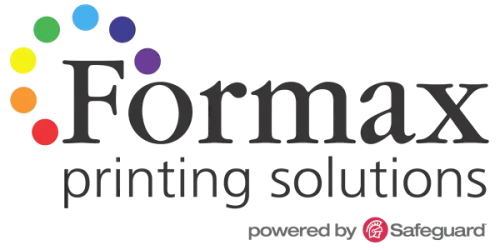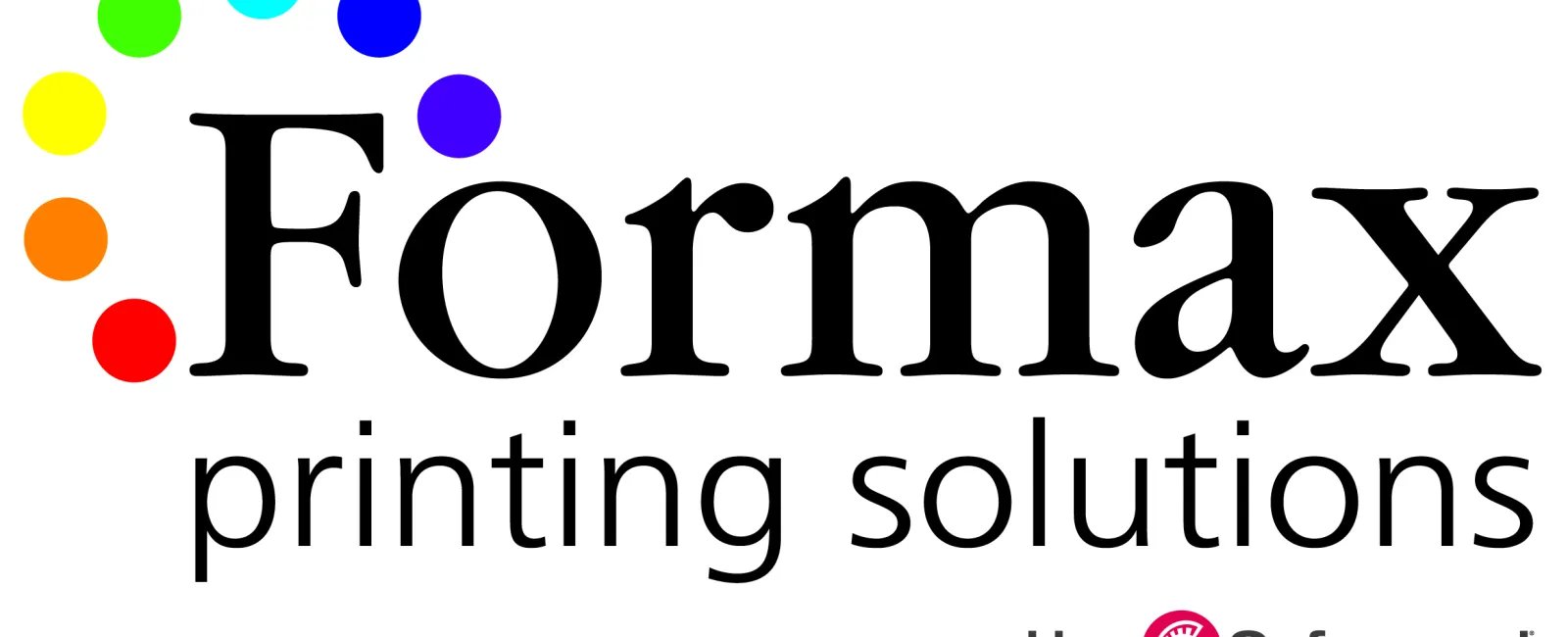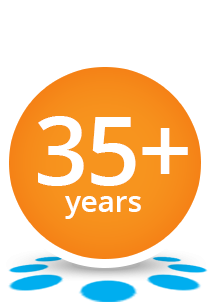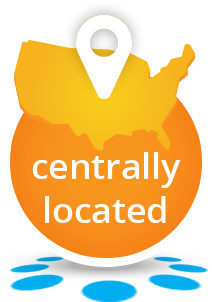A Ring Binder, such as the common 3-Ring Binder, is the simplest of all binding methods used to assemble pages into book form. Invented in Germany in 1886, it is still one of the most versatile and user friendly binding methods. The advantage of a ring binder is that the pages can easily be added or removed. It is literally a "snap".

Basically, a ring binder is recommended for any collection of information that requires an easy way to make periodic updates. That is why businesses and organizations often use binders to create manuals. It seems the information in manuals is always evolving, and this includes operation manuals, technical manuals, procedural manuals and pricing manuals.
Also Great for Presentations.
Binders often contain tabbed inserts that divide and organize the contents. Tabbed inserts make binders very easy to use because they allow the user to quickly identify and locate a specific page or section. That is why binders are a very good choice for sharing information in a large meeting such as a group presentation, conference or seminar. Everyone can easily index to specific pages as directed. Another benefit of binders is that they allow the content to lie flat on the table for referencing, without the distraction of needing to be held open.
Binders are also used for one-on-one and small group presentations, particularly sales presentations. One specialty type of presentation binder is the easel binder or "flip" book. These binders fold into sort of a free standing A-frame shape. The pages are often designed so that when the presenter flips them from one to the next, duplicate content appears on both sides of the A-frame. This allows the presenter and his audience to view and refer to the same information at the same time.
Types of Binder Covers.
Binder covers are generally formed from paper, vinyl or other plastics. Some binders are formed from rigid plastic or thick cardstock, but more commonly binders are constructed of a plastic or paper sheet wrapped around heavy paperboard. Whether plastic or paper, the cover can be directly printed upon before the binder is assembled. Binders can even be made with magnets or velcro strips to help keep them closed.
Plastic binders are relatively durable and easy to clean, plus they can have internal pockets made into them. Binders that have a paper cover are usually coated with a glossy sheen after being printed. This clear coating improves both appearance and durability. Sometimes, pre-made stock binders are used which have a clear plastic overlay (known as a Clear View binder). This clear overlay allows custom printed inserts to be slipped in for the cover and/or spine.
Consider the Contents.
Binders can be purchased from your printer as complete sets, with a custom printed cover and the content pages and tabbed inserts already installed. If you prefer thin pages, you can request them to be reinforced around the ring holes to help keep them from tearing out. Another option to increase durability is to make the pages out of thick cardstock. This option is a good choice for "flip" books and brief instruction manuals-it even allows for a built in tab.
Do you have any additional questions about Binders? We'd be happy to help with your next binder printing project, whether you need complete sets, or just the binders or inserts separately. And whether you need 200 simple binders or 2,000 complex binders, we can help.
Take care! Rick




